Resources
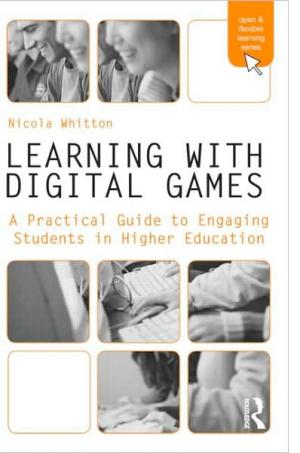
Written for Higher Education teaching and learning professionals, Learning with Digital Games provides an accessible, straightforward introduction to the field of computer game-based learning. Up to date with current trends and the changing learning needs of today’s students, this text offers friendly guidance, and is unique in its focus on post-school education and its pragmatic view of the use of computer games with adults. Learning with Digital Games enables readers to quickly grasp practical and technological concepts, using examples that can easily be applied to their own teaching. The book assumes no prior technical knowledge but guides the reader step-by-step through the theoretical, practical and technical considerations of using digital games for learning. Activities throughout guide the reader through the process of designing a game for their own practice, and the book also offers: A toolkit of guidelines, templates and checklists. Concrete examples of different types of game-based learning using six case studies. Examples of games that show active and experiential learning Practical examples of educational game design and development. This professional guide upholds the sound reputation of the Open and Flexible Learning series, is grounded in theory and closely links examples from practice. Higher Education academics, e-learning practitioners, developers and training professionals at all technical skill levels and experience will find this text is the perfect resource for explaining how to integrate computer games into their teaching practice. A companion website is available and provides up-to-date technological information,additional resources and further examples. (From the Publisher)
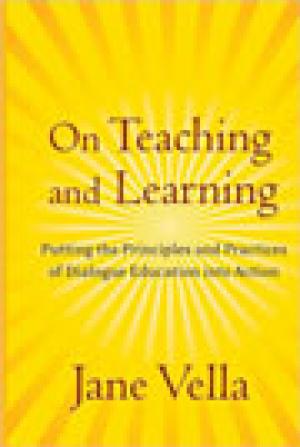
On Teaching and Learning takes the ideas explored in renowned educator Jane Vella’s best-selling book Learning to Listen, Learning to Teach to the next level and explores how dialogue education has been applied in educational settings around the world. Throughout the book, she shows how to put the principles and practices of dialogue education into action and uses illustrative stories and examples from her extensive travels. Dialogue education values inquiry, integrity, and commitment to equity—values that are also central to democracy. Learners are treated as beings worthy of respect, recognized for the knowledge and experience they bring to the learning experience. Dialogue education emphasizes the importance of safety and belonging. It is an approach that welcomes one’s certainties and one’s questions. (From the Publisher)
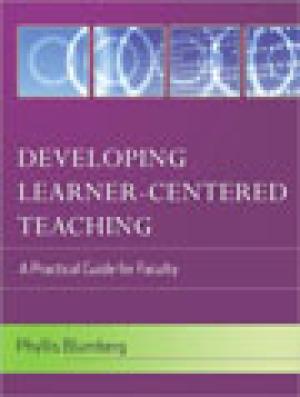
Developing Learner-Centered Teaching offers a step-by-step plan for transforming any course from teacher-centered to the more engaging learner-centered model. Filled with self-assessments and worksheets that are based on each of the five practices identified in Maryellen WeimerÕs Learner-Centered Teaching, this groundbreaking book gives instructors, faculty developers, and instructional designers a practical and effective resource for putting the learner-centered model into action. (From the Publisher)
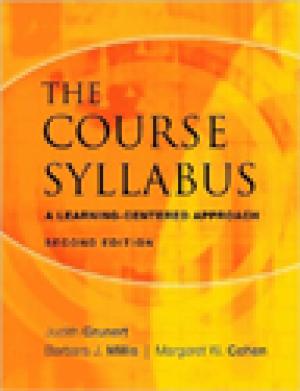
When it was first published in 1997, The Course Syllabus became the gold standard reference for both new and experienced college faculty. Like the first edition, this book is based on a learner-centered approach. Because faculty members are now deeply committed to engaging students in learning, the syllabus has evolved into a useful, if lengthy, document. Today's syllabus provides details about course objectives, requirements and expectations, and also includes information about teaching philosophies, specific activities and the rationale for their use, and tools essential to student success. (From the Publisher)

Gives an abundance of practical advice on how active learning techniques can be used by teachers across the disciplines. Using real-life examples, the authors discuss how various small-group exercises, simulations, and case studies can be blAnded with the technological and human resources available outside the classroom. The book is engagingly written for all classroom teachers. (From the Publisher)
The Wabash Center for Teaching and Learning was established in the wake of heightened interest in teaching and learning following Ernest L. Boyer's 1990 Carnegie Foundation report on the professoriate. The Center was established specifically to strengthen teaching and learning in theology and religion. The praxis of Wabash Center programs directed to that quest, however, inevitably engaged participants in the scholarship of teaching and learning by highlighting questions from their teaching practice, the disciplinary shape of their teaching, and the influence of multiple publics on what and how they taught.
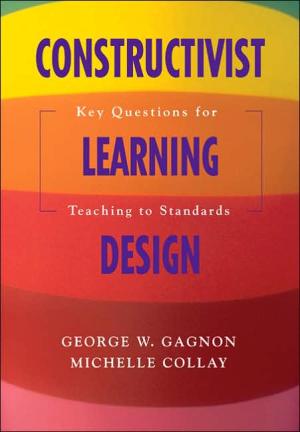
From the Publisher Educators expect learners to solve problems, think critically, communicate effectively, and collaborate well. These complex processes require young learners to engage in active learning and to understand that their own experience is the foundation for new learning. They also require teachers to move from the traditional role of "sage on the stage" to the new role of "guide on the side." Constructivist Learning Design offers teachers a six-step framework for lesson planning and assessment: * Situation: develop goals, tasks, and curriculum standards * Grouping: group students and materials, and use cooperative learning * Bridge: recall prior knowledge using students' cognitive maps, skills, values, motivation, and expectations * Task: use higher-level thinking skills and problem-based learning * Exhibit: arrange student portfolios and work samples * Reflection: synthesize critical thinking and knowledge With clear classroom applications and ready-to-use planning templates, this research-based resource guides teachers through the complex process of aligning constructivist learning events with standards-based curriculum. Engage students in tasks, help them think for themselves, and support them in making meaning of their learning.
Journal Issue.
The author describes what has been entailed in a shift from a teacher-centered approach — one which relied on her expertise in Chinese studies — to a more student-centered approach in which the teacher creates a learning environment and seeks to "get out of the way" of student learning. She describes concrete strategies for de-centering herself and empowering students, and discusses the roles and responsibilities of the teacher in this alternative model.